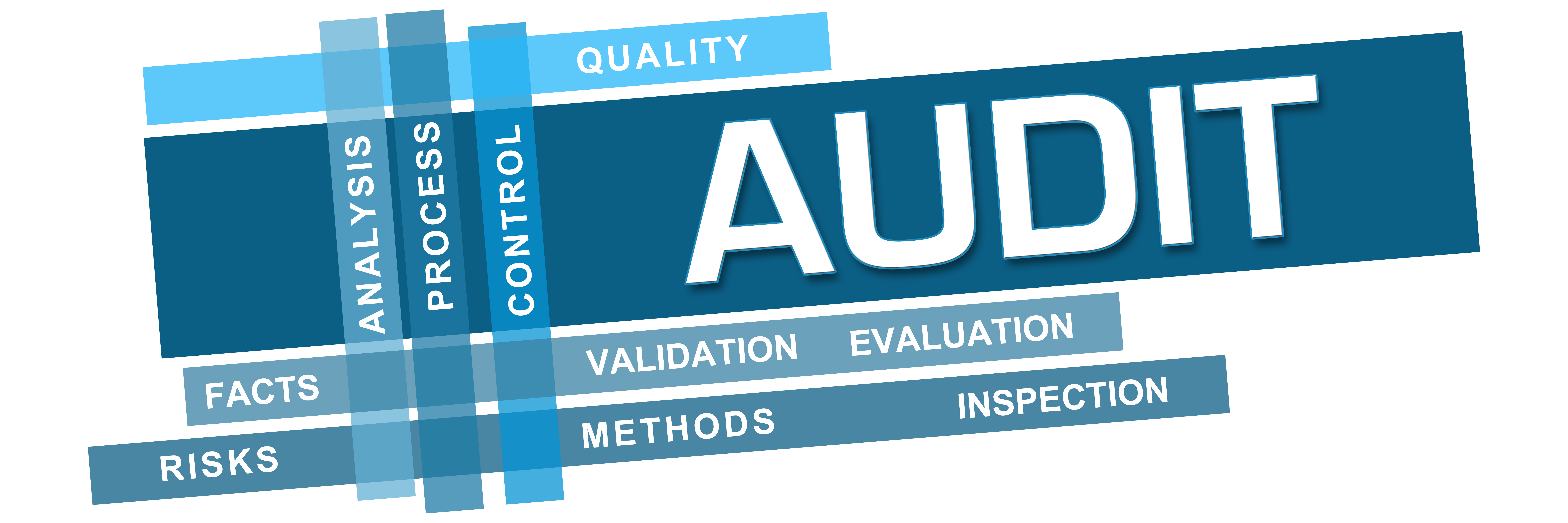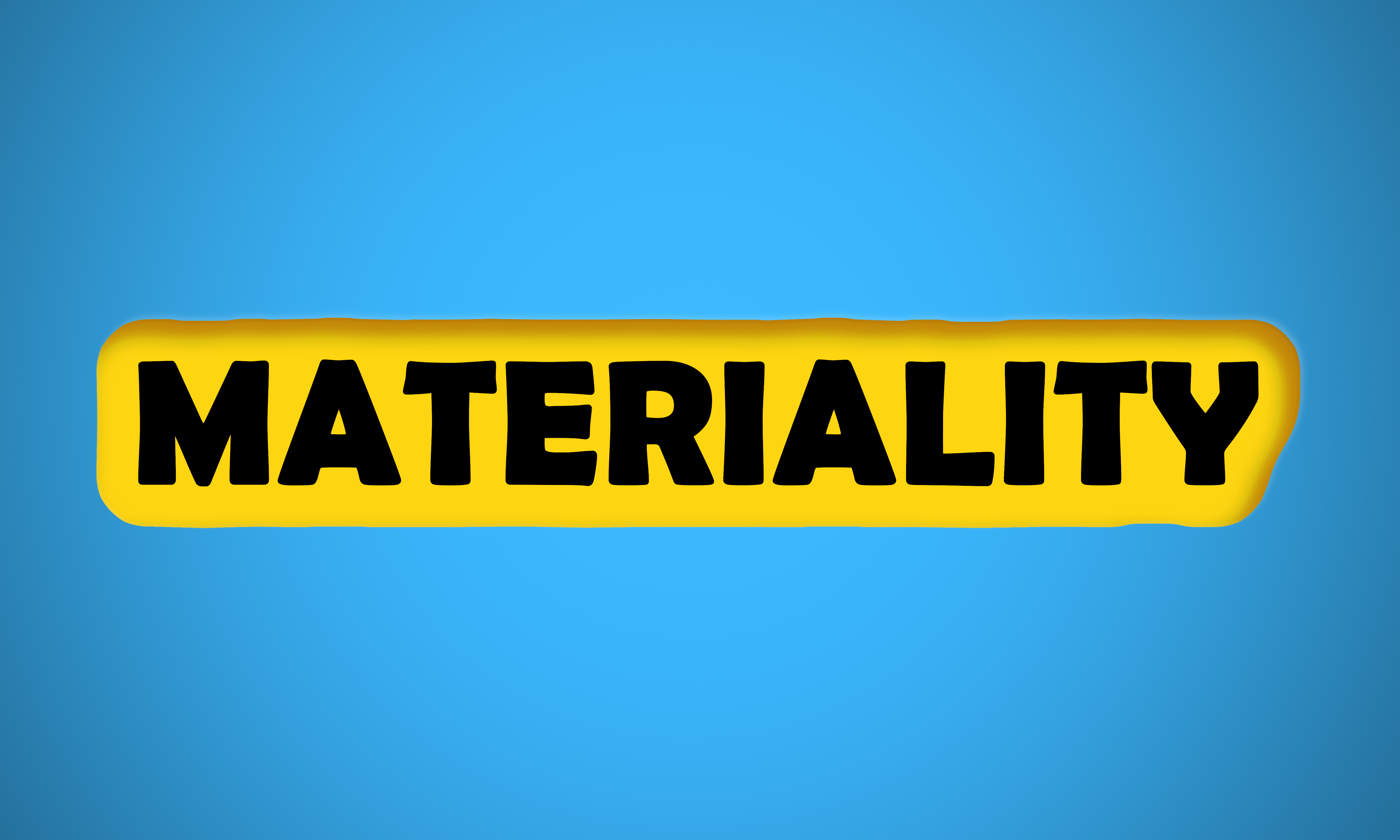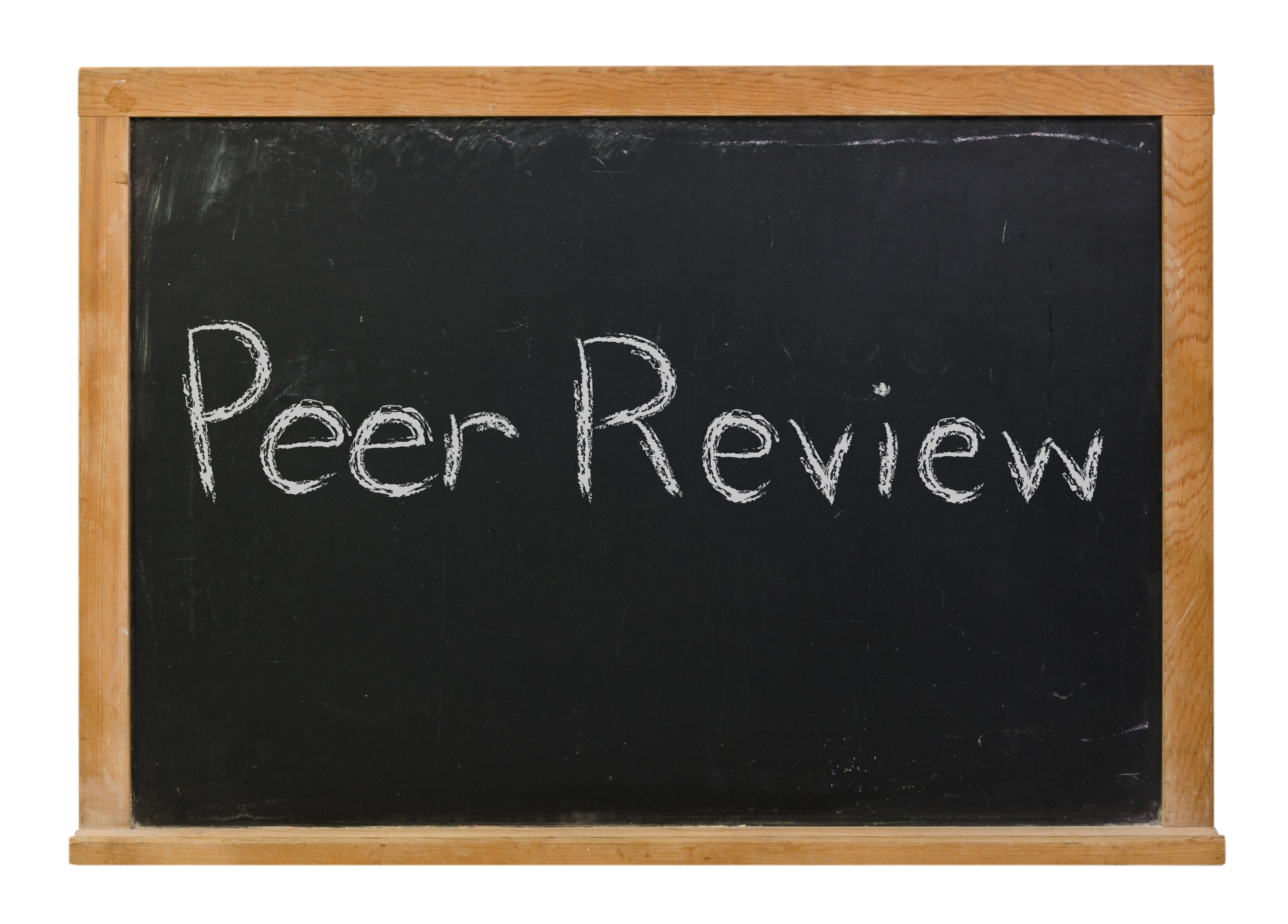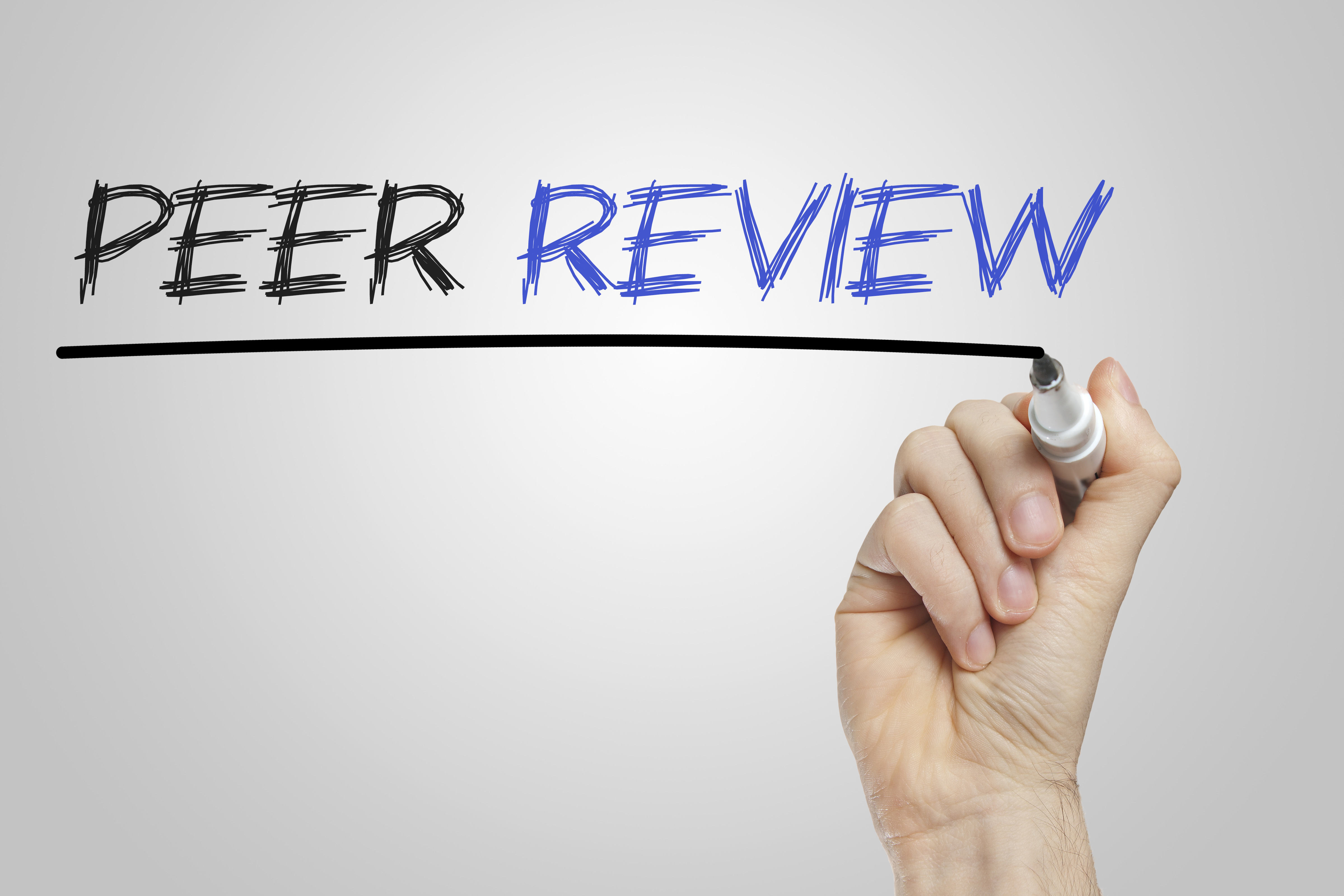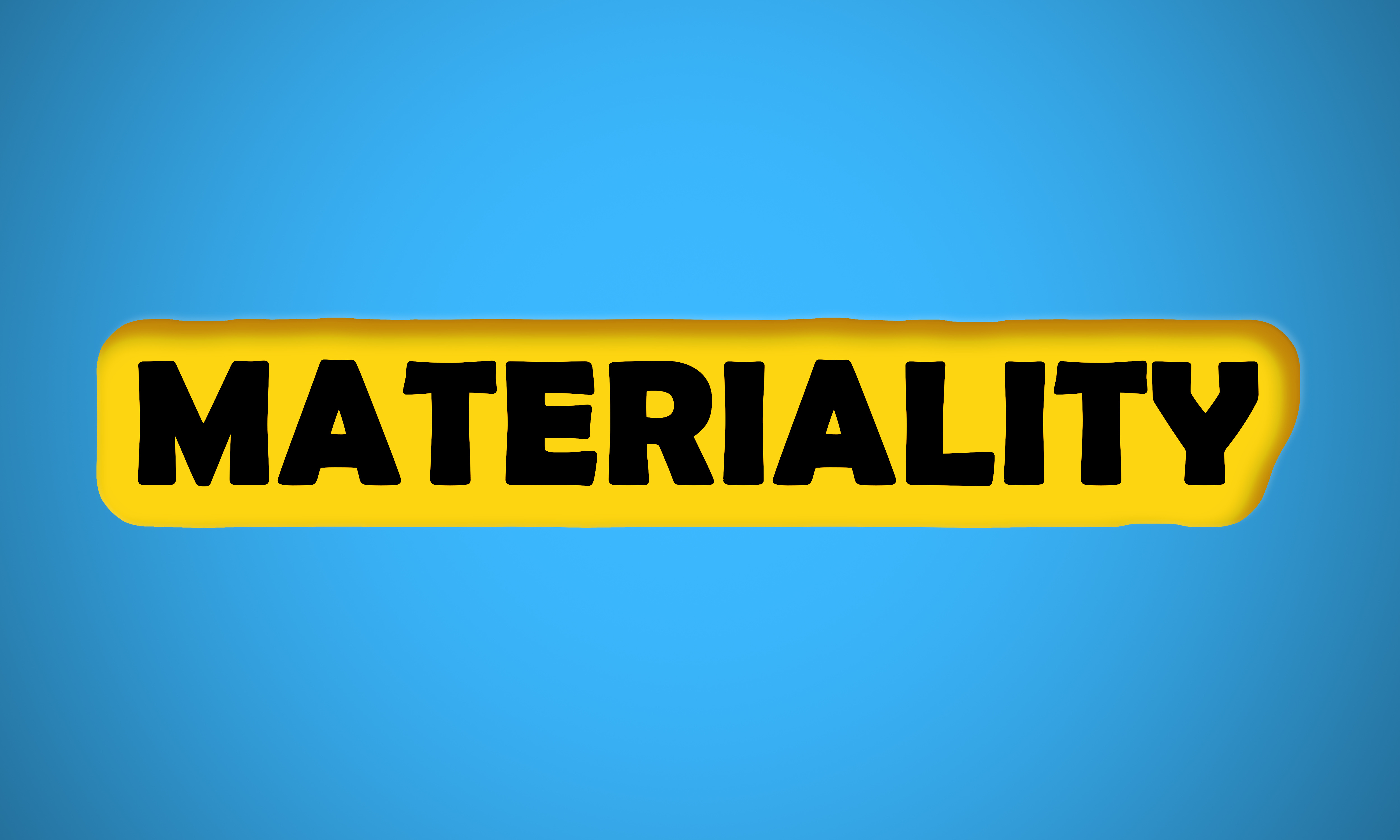“Auditor Reporting” – PR Prompts!, part 5

A complete overhaul of the auditor’s report for audits of 12/31/20 financial statements is going to be a very big deal. Please tune in to the new standards!
In November 2019, the AICPA published the first of a new semi-annual newsletter, PR Prompts!, designed to help CPAs keep current on peer review news.
The AICPA gave me permission to reprint portions of the newsletter on my blog.
This is the fifth of six posts to help you stay up to date.
I have looked at this page on the AICPA website. It is quite helpful. If you provide audits to your clients, it would be worth your time to find, browse, and bookmark this page.
The following comment is quoted verbatim. For ease of reading it will not be set inside quotation marks:
Auditor Reporting
The form and content of the auditor’s reports will change substantively which will be effective for audits of financial statements for periods ending on or after December 15, 2020. Statement on Auditing Standards (SAS) No. 134, Auditor Reporting and Amendments, Including Amendments Addressing Disclosures in the Audit of Financial Statements, was issued in May 2019. SAS No. 134 includes a new AU-C section 701, Communicating Key Audit Matters in the Independent Auditor’s Report, and replaces the following AU-C sections in AICPA Professional Standards:
…
“Auditor Reporting” – PR Prompts!, part 5 Read More »

